'Lady with an Ermine' (1482-5) and 'La Belle Ferroniere' (1490-96) - Leonardo da Vinci (1452-1519)
Leonardo da Vinci painted only three portraits of women: 'La Belle Ferroniere', 'Lady with an Ermine' and ... what was the name of the other one ... ... oh yes, I remember, 'Mona Lisa'.
The first portrait is of a lady whose identity is in doubt. She was most probably a noblewoman of the Milanese court.
The work was was initially catalogued in the French royal collection as 'La Belle Ferronière', when (mistakenly) thought to be of the mistress of the French king, Francis 1. The 'ferronierre' of the title also refers to a type of ornament (a jewel on a chain) that was worn by women in France and Italy in the C15 to cover syphillic leasions. And perhaps its inclusion warns of the dangers of extramarital sex.
I won't say much more about this portrait because it bears such a striking resemblance to the second in terms of its composition and features.
I unexpectedly saw this second portrait on a visit to the Czartoryski Museum, Krakow, Poland. The work is of Cecilia Gallerani, the 17 year old mistress of Lodovico Sforza, Duke of Milan.
It was painted by Leonardo twenty years before 'Mona Lisa', and has been referred to as the first modern portait. First in the sense that it engages in a degree of individualisation and of psychological revelation, with respect to the sitter, that seems quite modern. As opposed to simply presenting her status in her world, her physical beauty, and so on.
There are a number of things that strike me as immediately beautiful about this portrait.
Firstly, its seemingly uncontrived triangular composition, in part constructed through the dramatic twisting round of the body towards the low light source on the right, so both shoulders slope more down as do the sides of the triangle.
Then there is the dramatic chiaroscuro or use of light and shadow. This effect has been unnaturally enhanced when the restorer darkened the background (see more below). And this simplifying actually adds, happily to me, to the focus on the sitter.
Finally, there is the delicious contrast of textures: her flesh, the different fabrics of her clothing and the fur of the ermine. In fact, the creature is a white ferret, though described as an ermine because the Latin for this more regal animal ('galee' or 'galay') pun's with the woman's family name (Gallerani).
X-rays reveal the work has been extensively over-painted in its restoration. The back ground has been darkened, removing, among other things, a door. The sitter's headgear has been painted the same colour as her hair, leading to the impression that these strands somehow tuck under her chin. The fingers (particularly the bottom two) have been coursened by the re-touching. And so on.
In 1933, Rouben Mamoulian directed Greta Garbo to simply stare into the distance in the famous final shot of 'Queen Christina':

He felt this allowed the audience to project emotion onto her blank face, universalising the expression with respect to the viewer.
There is something of the same effect in these two portraits by Leonardo. So much for the new represention of 'psychological revelation' claimed for Leonardo's work!




![C18 Bronze Buddha [Southern China]](https://blogger.googleusercontent.com/img/b/R29vZ2xl/AVvXsEioLkgVKuhDoIHQgM1X6Oe2hGn75yqaj4OJXPmNpumXmQPKxB22S57YS5DVrl1P7zl7BS6EFpAtaNZPze7gzVCRiQI54bwdHhVa4fGr7NOChZwTZoo92gUen6tC5U8gWIy_pv92U0FB38M/s1600/Buddha+%255BBronze%252C+C18%252C+China%255D+1.jpg)




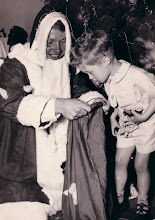







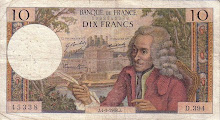
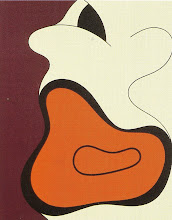+1998+Cropped.jpg)

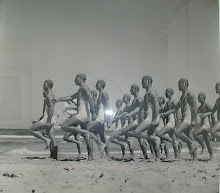
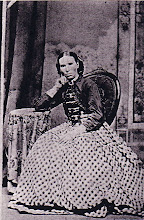



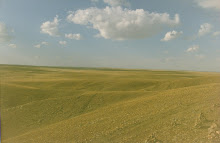



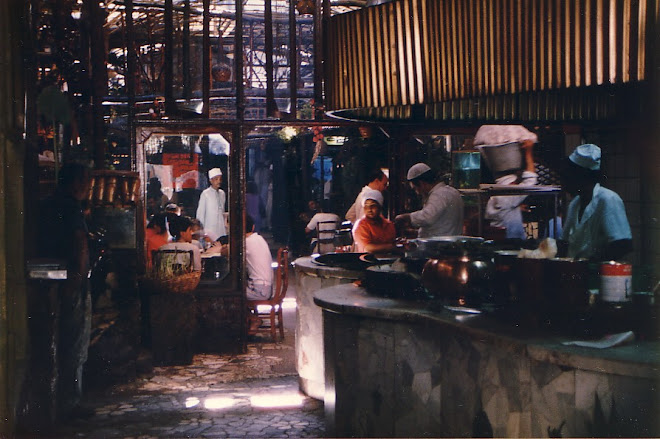

No comments:
Post a Comment